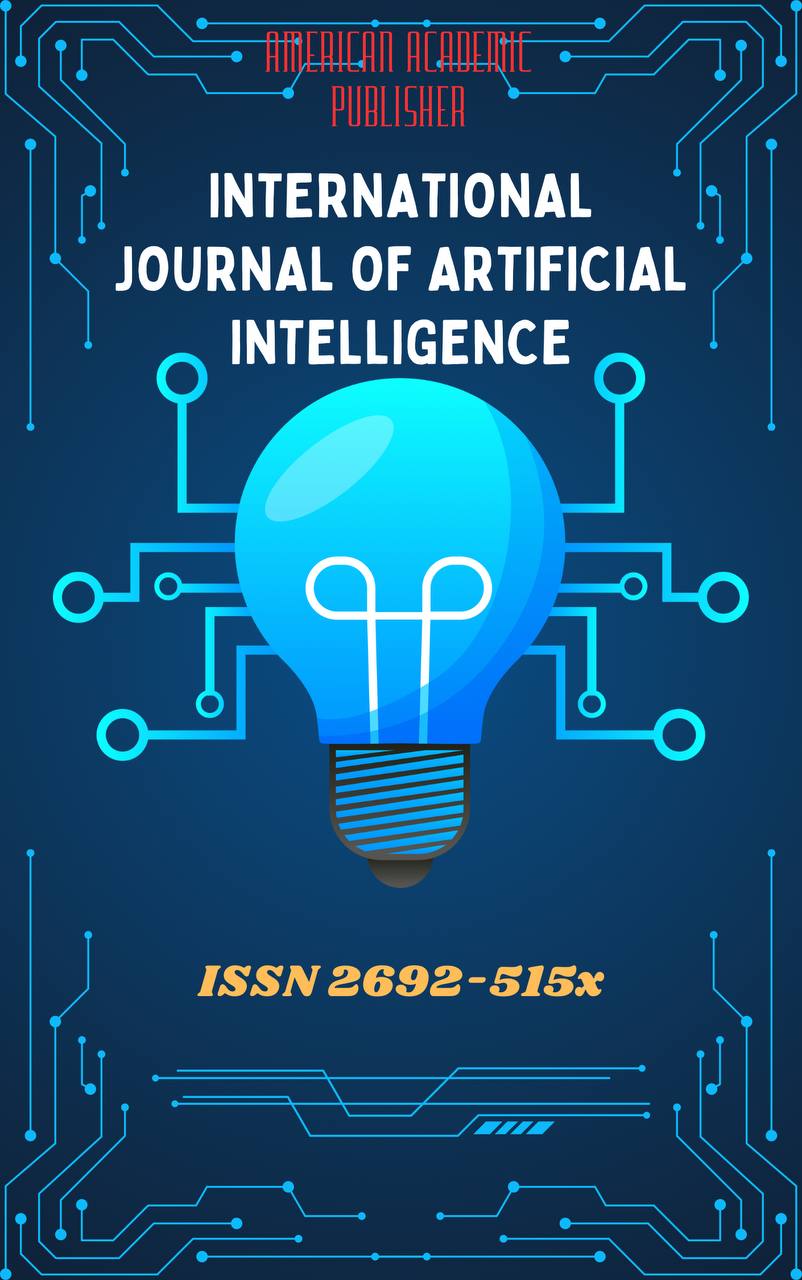 Articles
| Open Access |
Articles
| Open Access | ANOMALY DETECTION IN SIGNALS USING AUTOENCODER: AN ARTIFICIAL INTELLIGENCE APPROACH IN THE JUNO EXPERIMEN
A.M. Djabbarberdiyeva, M.S. Sobirov, N.N. Soburov, N.Sh. Qurbonboyeva, D.J. Begmanova, A.K. Karatayev, B.J. Olomberganov,G.B. Nizamatdinova , Department of Physics, Berdakh Karakalpak State University, Nukus, Uzbekistan /Department of Physics, Berdakh Karakalpak State University, Nukus, Uzbekistan (Intern Lecturer)Abstract
The mass of neutrinos and their oscillation behavior remain one of the most complex and unresolved problems in modern nuclear and particle physics. The Jiangmen Underground Neutrino Observatory (JUNO) is a major international scientific experiment designed specifically to address these issues. By determining the hierarchy of neutrino masses, the project is expected to significantly advance our understanding of particle physics and the Standard Model.This paper focuses on the application of artificial intelligence—particularly, an autoencoder model—for detecting rare signals observed in the JUNO experiment. This approach has proven effective in identifying infrequent but scientifically important events that might otherwise be missed. Autoencoders, as unsupervised learning models, enhance the ability to detect anomalies and extract meaningful patterns from large-scale experimental data. It is important to note that JUNO is not merely a study of subatomic particles. Rather, it represents a scientific journey toward uncovering the deeper mysteries of the universe. Sometimes, the quietest and most unassuming signals may hold the key to the most fundamental laws of nature.
Keywords
JUNO, neutrino physics, autoencoder, mass hierarchy, liquid scintillator, photomultiplier tube, oscillation, fundamental particles, modern technologies
References
Jiangmen Underground Neutrino Observatory (JUNO). Official website. Available at: https://www.juno-observatory.org
Jiangmen Underground Neutrino Observatory. Wikipedia. Available at: https://en.wikipedia.org/wiki/Jiangmen_Underground_Neutrino_Observatory
An, F.P. et al. (2024). Status and Prospects of the JUNO Experiment. arXiv preprint arXiv:2405.07321. Available at: https://arxiv.org/abs/2405.07321
Wang, Y. et al. (2022). Design, Status and Physics Potential of JUNO. arXiv preprint arXiv:2203.14087. Available at: https://arxiv.org/abs/2203.14087
JUNO International Collaboration established. Interactions.org, 2020. Available at: https://www.interactions.org/blog/juno-international-collaboration-established
Kessler, A. (2020). Inside the underground lab in China tasked with solving a physics mystery. Reuters. Available at: https://www.reuters.com/article/us-china-neutrino-lab-idUSKBN22Q07D
Article Statistics
Downloads
Copyright License

This work is licensed under a Creative Commons Attribution 4.0 International License.

